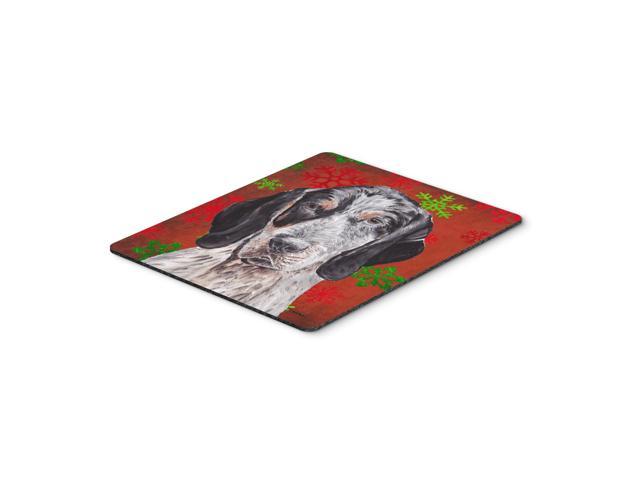Excerpt from Propagation of Wild-Duck Foods
Wild rice (zizania palustris and Z. Aquatics) in every stage of its growth is eaten by one or another of the North American ducks and geese, and practically all of them feed on its r1pened grain. It is the staple fall food of many ducks in the numerous rice marshes of eastern United States. The seeds are obtained mainly from the bottom in Shallow water, where they have fallen into a bed of soft muck to await germination. Germination is, often SO delayed that grain may sprout at any time up to at least 18 months after ripening. This accounts for the fact that young shoots and germinating seeds of wild rice are found in ducks’ stomachs at practically all seasons. The shoots are devoured by many species, the flowers have been found in the wood duckzs stomach, and the stems and leaves of the mature plants are eaten by geese. Wild rice constituted more than 17 per cent of the food of 209 mallards examined, 12 per Cent of that of 51 black ducks, and over -11 per cent of that of 75 wood ducks. Other species known to feed upon the plant are the Canada goose, snow goose, pintail, widgeon, lesser and greater scaups or bluebills, canvas-back, redhead, green-winged and blue-winged teals.
About the Publisher
Forgotten Books publishes hundreds of thousands of rare and classic books. Find more at www.forgottenbooks.com
This book is a reproduction of an important historical work. Forgotten Books uses state-of-the-art technology to digitally reconstruct the work, preserving the original format whilst repairing imperfections present in the aged copy. In rare cases, an imperfection in the original, such as a blemish or missing page, may be replicated in our edition. We do, however, repair the vast majority of imperfections successfully; any imperfections that remain are intentionally left to preserve the state of such historical works.















